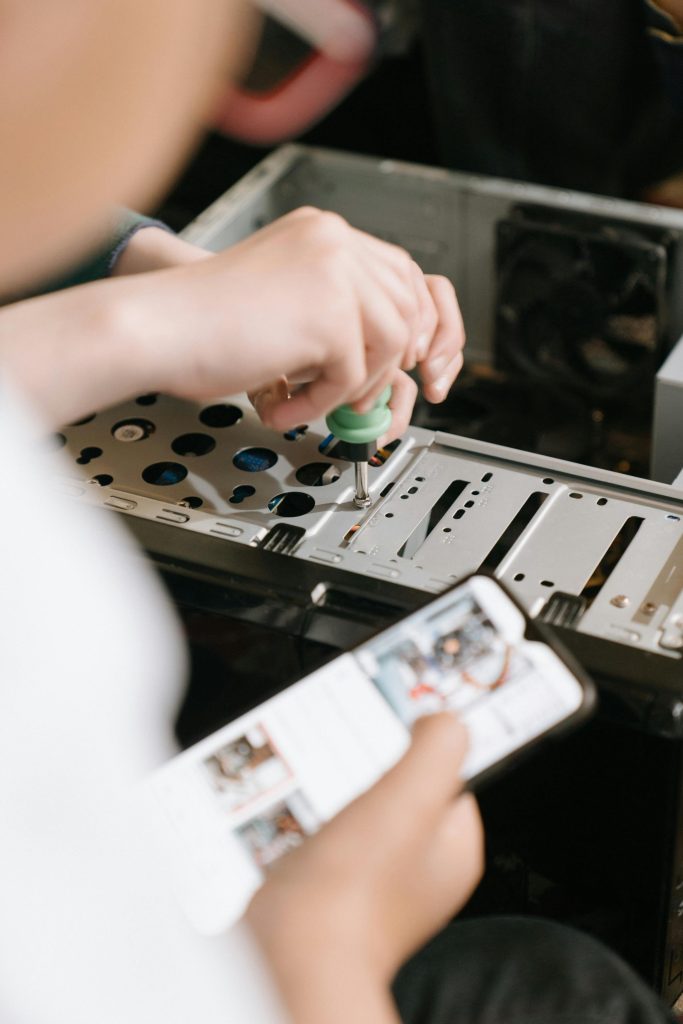Should You Revive That Old Toshiba Laptop?
I recently came into possession of an old Toshiba laptop that was handed down to me by my IT instructor. This got me thinking: is it worth trying to breathe new life into this aging device, or should I consider other options?
When faced with an older model, a few questions naturally arise. First, what kind of specifications does it have? Older computers can often struggle with modern software requirements, making them less practical for day-to-day tasks. Therefore, it’s crucial to assess whether the machine can handle the applications you need.
Another factor to consider is the potential for upgrades. Does the device have room for adding more memory or upgrading the storage? Enhancements like these can significantly improve performance and extend the laptop’s usability.
Of course, there’s also the question of cost-effectiveness. Spending money on repairs or upgrades might not be worthwhile compared to investing in a new machine, especially if the old laptop has seen better days.
Ultimately, the decision comes down to balancing functionality with your specific needs. If you have simple computing tasks, it might be a fun project. However, if you’re looking for something reliable for more demanding work, it could be time to look for a more current model.
What are your thoughts? Should I give the old Toshiba a chance, or is it best left in the past?
Share this content:




Assessing and Reviving Your Old Toshiba Laptop
It’s great that you’re exploring options to breathe new life into your old Toshiba device! To determine whether it’s worth refurbishing, start by checking its current specifications, especially RAM, processor, and storage capacity. Upgrading components like RAM and replacing HDD with an SSD can considerably boost performance, making it more practical for modern software needs.
Before investing in upgrades, verify if your laptop has accessible upgrade slots. Typically, older Toshiba models have removable panels allowing memory and storage upgrades. Consulting your specific model’s manual or manufacturer support site can provide detailed upgrade options.
However, keep in mind that some hardware limitations and age-related wear might restrict performance gains. It’s also wise to evaluate the cost of upgrades against the price of a new or refurbished machine for budget considerations.
If the device is fundamentally sound and upgrades are feasible, a clean installation of a lightweight operating system like Linux can extend its usability effectively, especially for simple tasks like browsing or word processing.
Ultimately, if your needs surpass what the current hardware can support after upgrades, investing in a newer model might be more practical. But if it’s mainly for educational projects or light use, reviving the old Toshiba can be a rewarding project!
Feel free to share your Toshiba model details,